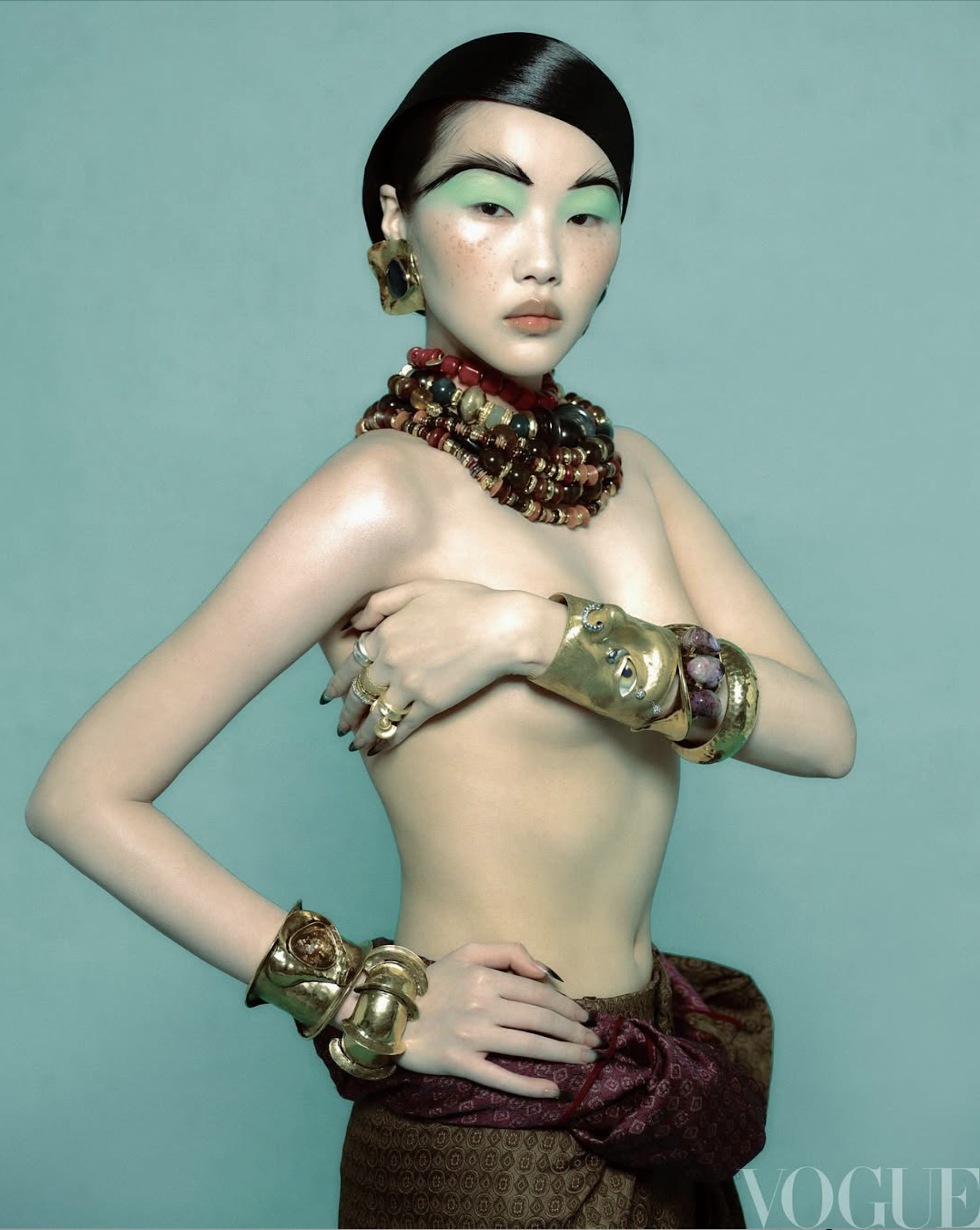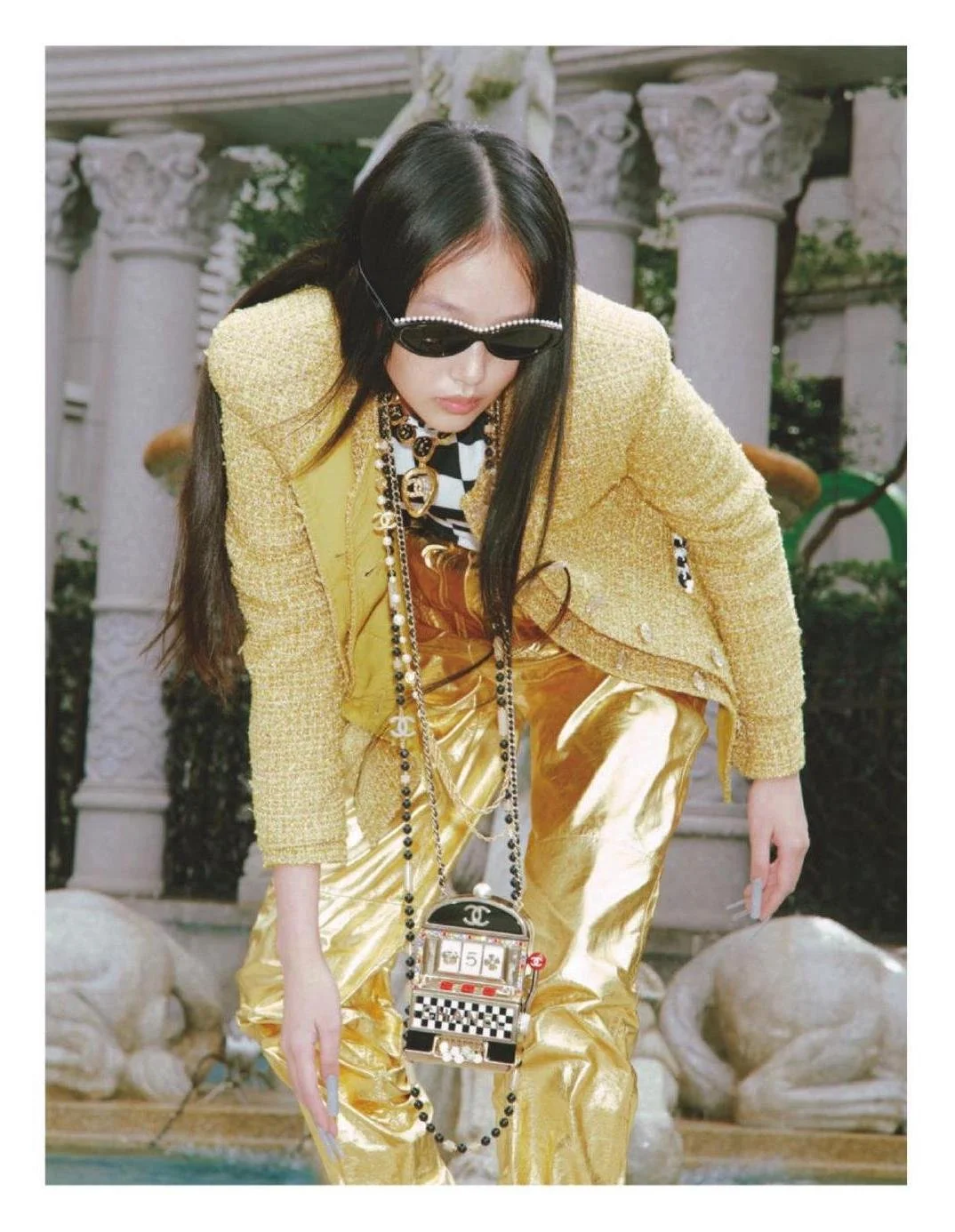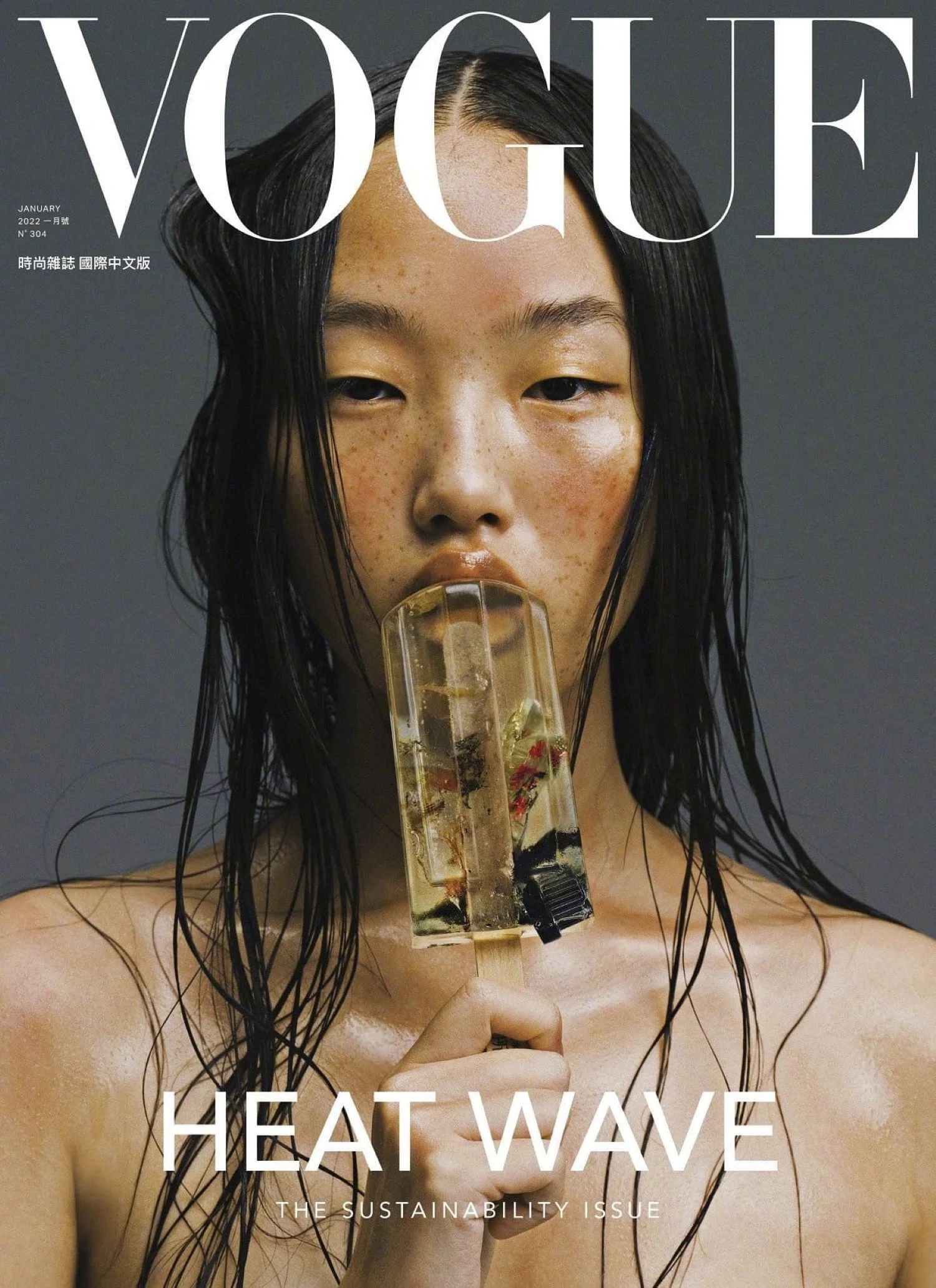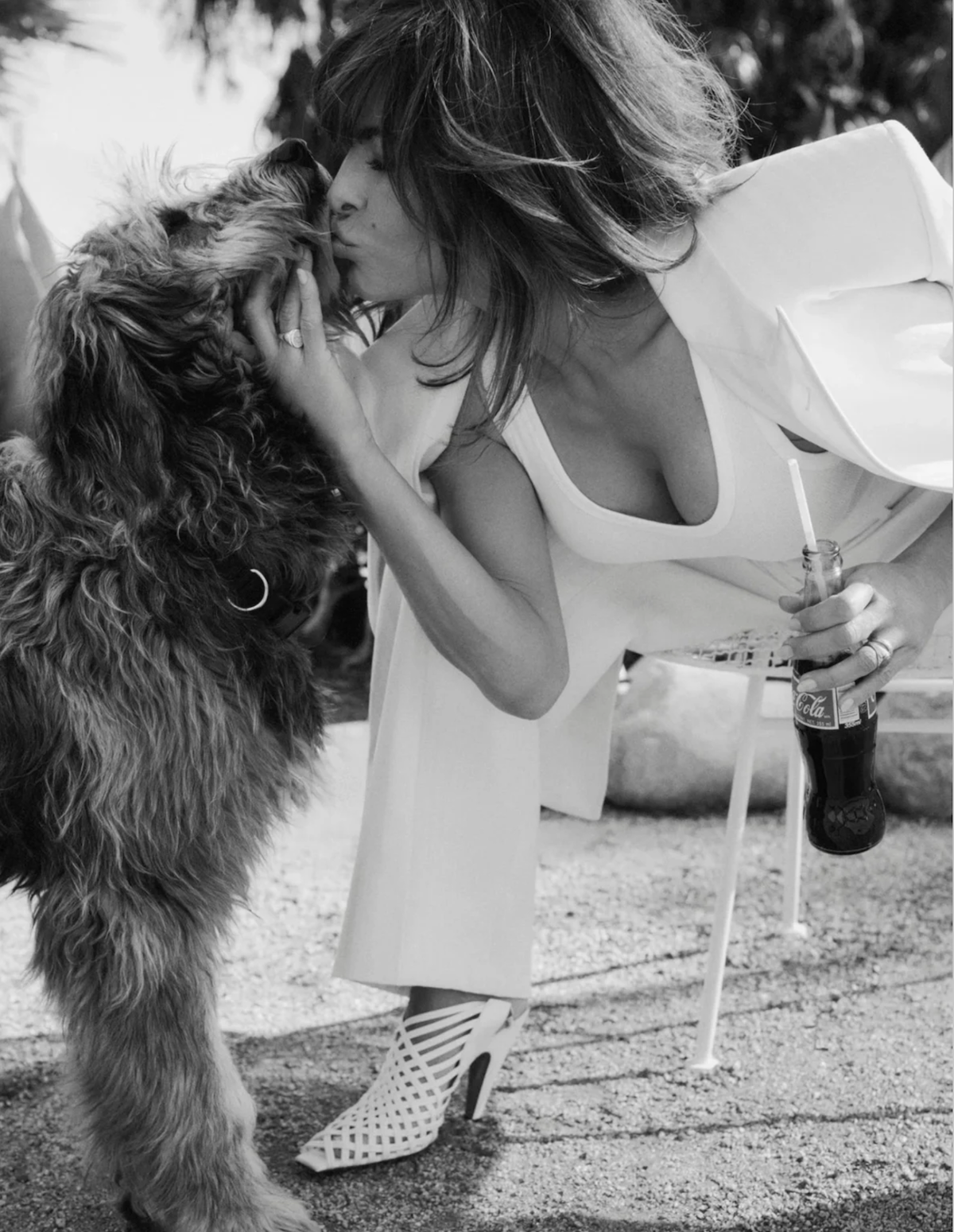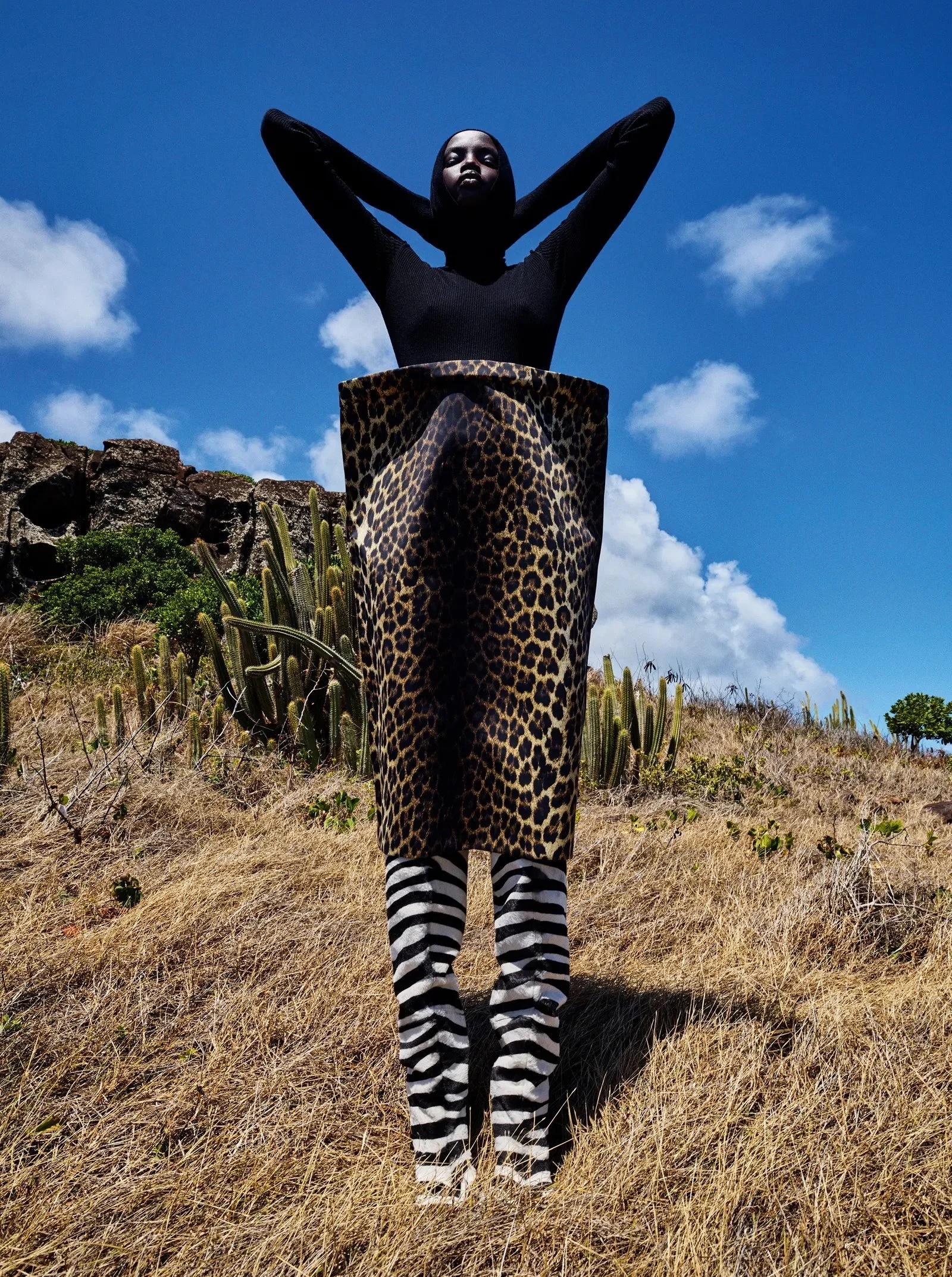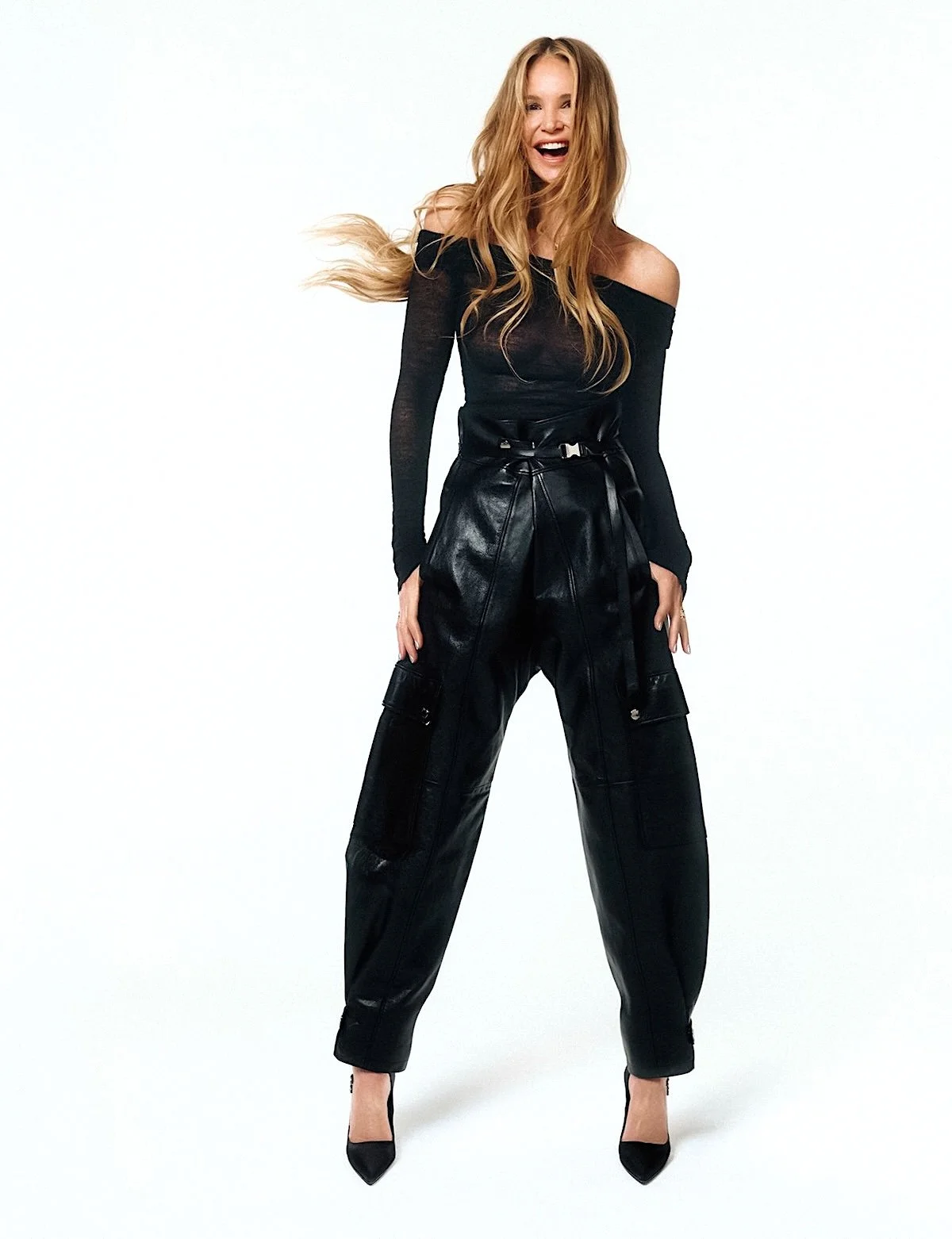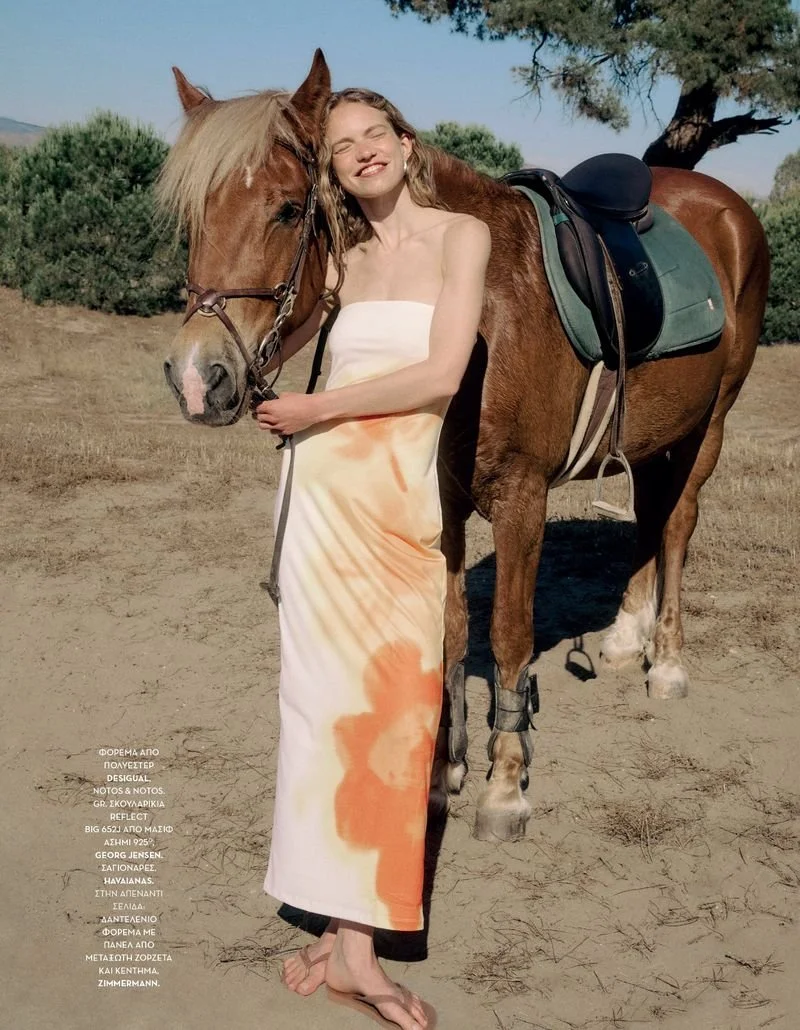'Mother of Pearl' by Elizaveta Porodina for W Magazine China January 2025 Art Issue
/Photographer Elizaveta Porodina [IG] is having a great kickoff in 2025 and AOC will share all her new work in the coming days. We begin with Porodina’s ‘Mother of Pearl’ fashion story, created for W Magazine China’s [IG] art issue 2025.
Models Huijia Chen and Peng Chang take the spotlight in one of the most symbolism-rich stories in Porodina’s creative riches portfolio, with art direction by Zipeng Li./ Makeup by Karen Westerlund; hair by Yuwei Weng
Read MoreT Style Magazine Fancies Luxury Fashion 'Lobbies' Lensed by Marius Uhlig for Fall 2024
/Models Peng Chang and Tiffany Guo take us into fall 2024’s high-end, fashion-conscious workplaces with ‘Lobbies’. Ben Perreira styles the duo in crisp, sophisticated silhouettes and kitten heels from top luxury brands.
Marius Uhlig [IG] is behind the lens for T: The New York Times Style Magazine [link to post] August 2024./ Makeup by Grace Ahn; hair by Anton Alexander
Read MoreElizaveta Porodina Contributes to Atmos Magazine Vol. 09 'Kinship Issue
/The uber-talented Elizaveta Porodina [IG] shares a glimpse into her fantastical inner life in the pages of Atmos Magazine [IG]. The climate and culture magazine brings multiple covers — perhaps six — to Volume 09, dedicated to an exploration of kinship. The cost of Atmos is $30 with free shipping to me on the East Coast.
Models in Porodina’s fashion story include Ajak Dhieu, Peng Chang and Signe Michaelsson, styled by Victoria Sekrier. / Hair by Ali Pirzadeh; makeup by Valentina Li; set design by Emilia Margulies
Read MoreJustin French Captures Fall Style Rituals for Dazed Magazine 'Beyond the Borders' Issue
/Dazed Magazine’s EIC Ib Kamara styles ‘Field of Dreams’, a country fun fest that comes to life with photographer Justin French [IG].
Models include Amir Mohammad, Ayan Osman, Hani Nur, Jeon Younghoon, Jum Kuochnin, Manyuon Deng, Naun Kim, Nyadora Jany and Peng Chang creating smiles in abundance for Dazed Autumn 2023 ‘Beyond the Borders’ issue. / Makeup by Chiao Li Hsu; set design by Thomas Bird
Read MorePeng Chang Sea Goddess by Kuo Huan Kao in 'The Shell and the Cloud' for Vogue Taiwan
/Rising model Peng Chang returns to her nature goddess imagery, leaving one of our top 5 stories of 2022 Peng Chang in 'Heat Wave' by Zhong Lin for Vogue Taiwan January 2022 behind for the May 2022 pages of Vogue Taiwan. Quenti Lu styles Peng Chang in ‘The Shell and the Cloud’, lensed by Kuo Huan Kao.
Read More